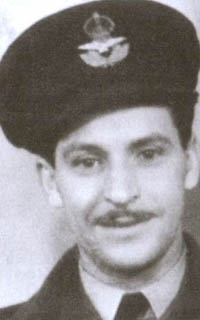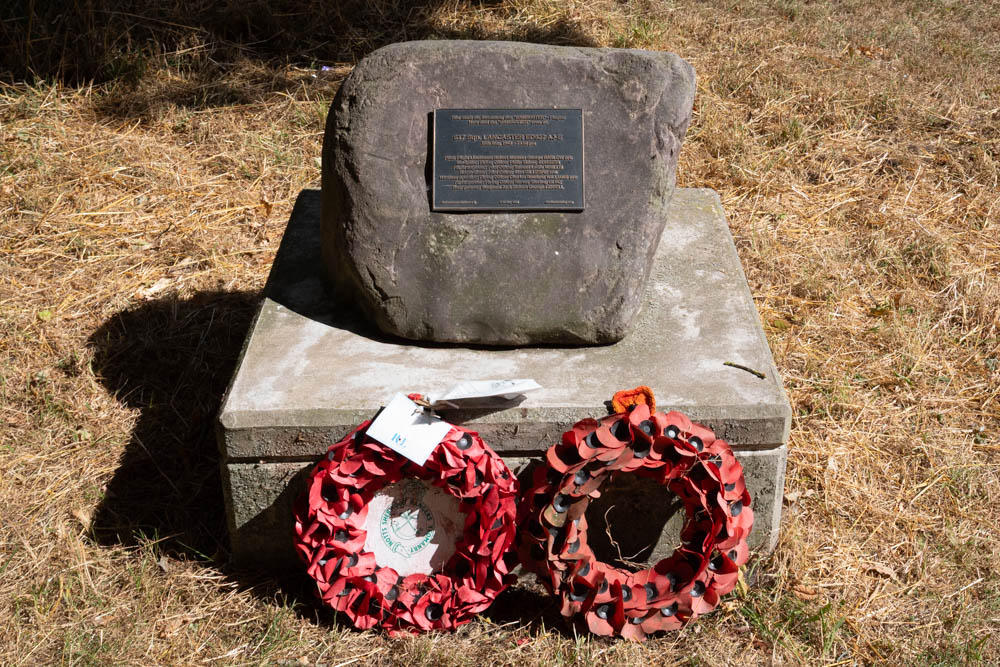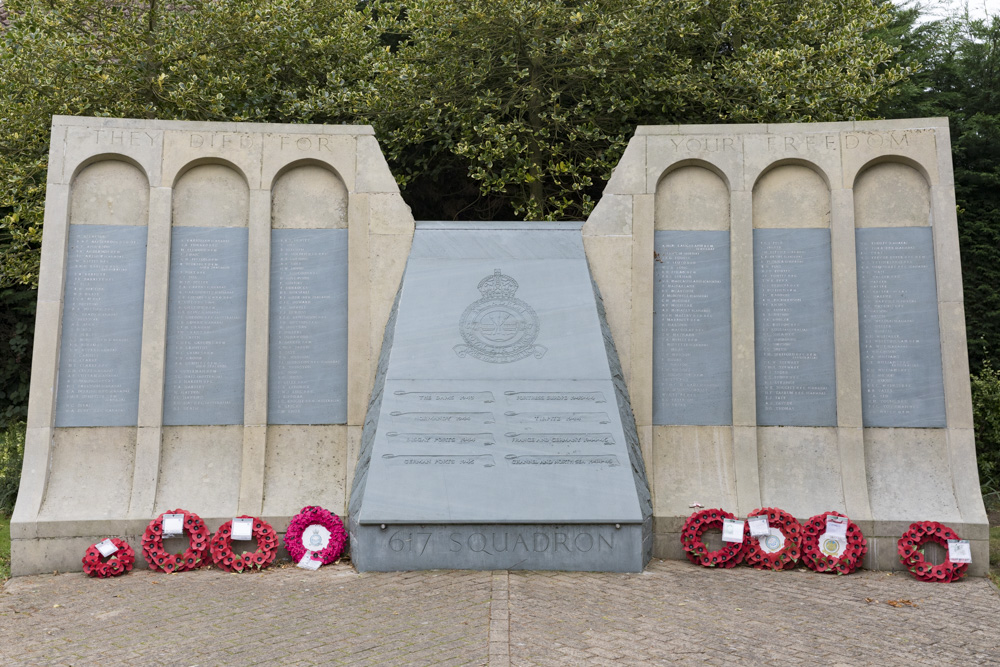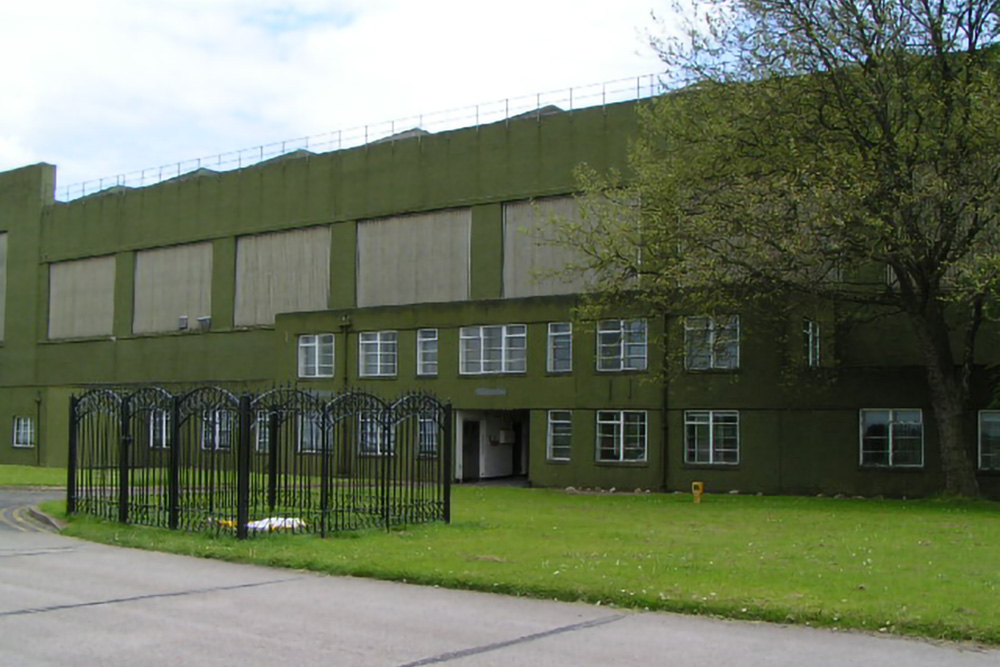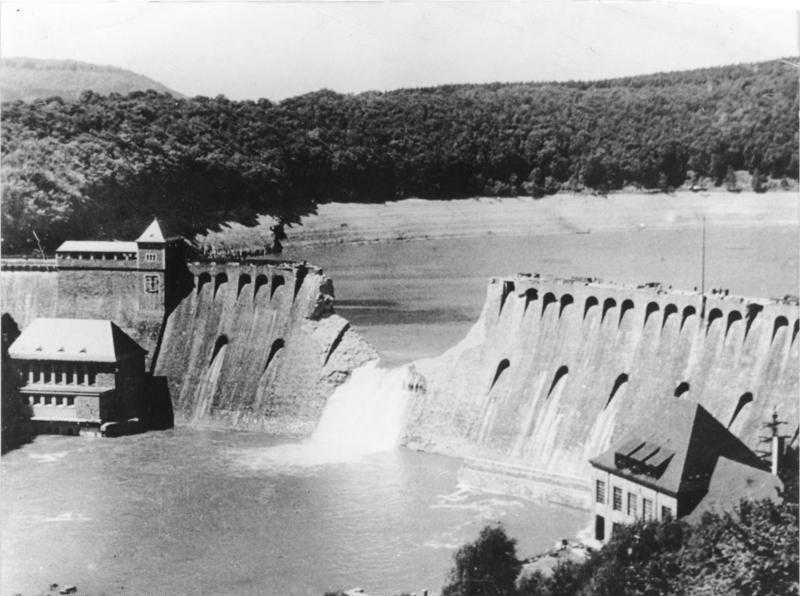Barlow, Robert Norman George
- Date of birth:
- April 22nd, 1911 (Carlton/Victoria, Australia)
- Date of death:
- May 16th, 1943 (Haldern, Germany)
- Buried on:
- Commonwealth War Cemetery Reichswald Forest
Plot: 5. Row: C. Grave: 9. - Service number:
- AUS. 401899
- Nationality:
- Australian
Biography
Robert Norman George Barlow, known as Norman, was born on 22 April 1911 in Carlton, Melbourne. His father, Alec Barlow, established Barlow Motors.
Norman managed the family business before running his own garage, listed as a "service station proprietor" on his RAAF application. Already a qualified civilian pilot, he joined the RAAF in 1940, marrying his second wife, Audrey, shortly before enlisting. His daughter, Adrienne, from his first marriage, was cared for by his widowed mother.
Sent to Canada in 1941 for final training, Norman received his pilot’s badge and commission in January 1942. By March, he was in the UK at 16 Operational Training Unit for bomber training. Posted to 61 Squadron at RAF Syerston in September 1942, he began a successful first tour.
By March 1943, Barlow and his crew completed their tour and he was recommended for the Distinguished Flying Cross (DFC).
Barlow joined 617 Squadron in preparation of the Dams Raid. Delayed by leave, his new crew began training in April, but their first flight on 9 April was disrupted by a bird strike, damaging their Lancaster and smashing the flight engineer’s and bomb aimer’s canopies.
Six weeks of intensive training followed, first by day and then later by night. Barlow’s last training flight was the day before the raid, on Saturday 15 May. With Vernon Byers as second pilot, they did another test bombing run over the range at Wainfleet.
Barlow and his crew had been assigned to the Second Wave, detailed to attack the Sorpe Dam, and were due to take off one minute after Joe McCarthy. However McCarthy had a mechanical problem with one engine and had to decamp to the spare Lancaster, so Barlow’s AJ-E was the first Dams Raid aircraft in the air, leaving the ground at 2128.
Because they were under instruction to maintain radio silence, nothing more was heard from them. But we know that they reached the border between the Netherlands and Germany for it was near Haldern, 5km east of the Rhineside town of Rees, that they crashed, ten minutes before midnight. It appears that they hit one of the pylons which stretch across the fields in the locality, although it is possible that the aircraft had first been hit by flak. AJ-E came to rest in a small meadow on the edge of a copse. All on board were killed instantly, their bodies badly burned.
Norman Barlow and his crew were initially buried in Düsseldorf's North Cemetery. After the war, they were reinterred at the Reichswald Forest War Cemetery.
Do you have more information about this person? Inform us!
- Period:
- Second World War (1939-1945)
- Rank:
- Acting Flight Lieutenant
- Unit:
- No. 61 Squadron, Royal Air Force
- Awarded on:
- May 14th, 1943
- Period:
- Second World War (1939-1945)


